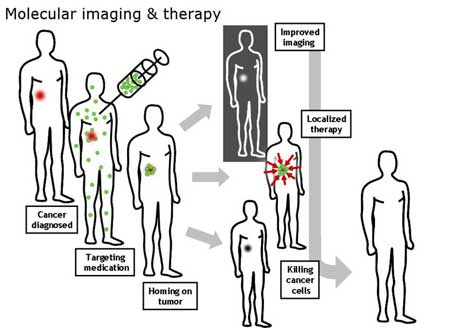Along with the rise in the popularity on Nanotechnology, engineers are exploring ways that it can be useful for the environment. It has been termed Green Nanotechnology, due to its relation to the green movement which looks for environmentally friendly options while still maintaining a high level of sustainability . Green nanotechnology focuses on problems at the nanoscale, 1/100,000,000 meter is a nanometer. There are 2 major goals of Nanotechnology, the first is to create environmentally friendly designs using nanotechnology, and the other is to use nanotechnology to minimize environmental and health hazards by looking for ways to replace current nanotechnology uses with green nanotechnology products. Some of the more common ways to create green nanotechnology, includes using eco-friendly materials, using less energy when manufacturing, and the ability to be recycled after use. Engineers look for natural materials when designing through green nanotechnology because they want biodegradable solutions that will not harm a someone or the environment. Some studies have shown that nonorganic nanotechnology materials can be harmful on the body, so researchers are looking for ways to convert those products to a material that is safer. Green Nanotechnology has also shown progress in reducing our need for fossil fuels by creating alternative energy solutions.
One area of green nanotechnology that is being heavily studied right now is the ability to harness green nanotechnology when designing solar cell. These solar cell will make up an solar panel, and take in the sun’s light to create energy. These solar cells would be made up of nanoparticles of titanium dioxide with with a polymer that is capable of taking in the sun’s energy. The engineers have found that there is a much lower cost of production for these solar cells in comparison to the ones out on the market today. However, with the lower cost, these green solar cells are not as efficient as the ones on the market and engineers are looking for ways to increase their efficiency. Some companies are testing out different metals metals with polymers, while others are trying organic molecules to find a better solar cell. The exploration of better solar cells is a great example of green nanotechnology because it actually accomplishes both of the goals,it is developing a product using green materials, and it looks for a more environmentally friendly solution to something on the market.

http://en.wikipedia.org/wiki/Green_nanotechnology
http://www.understandingnano.com/solarcells.html
http://science.howstuffworks.com/environmental/green-science/green-nanotechnology.htm


